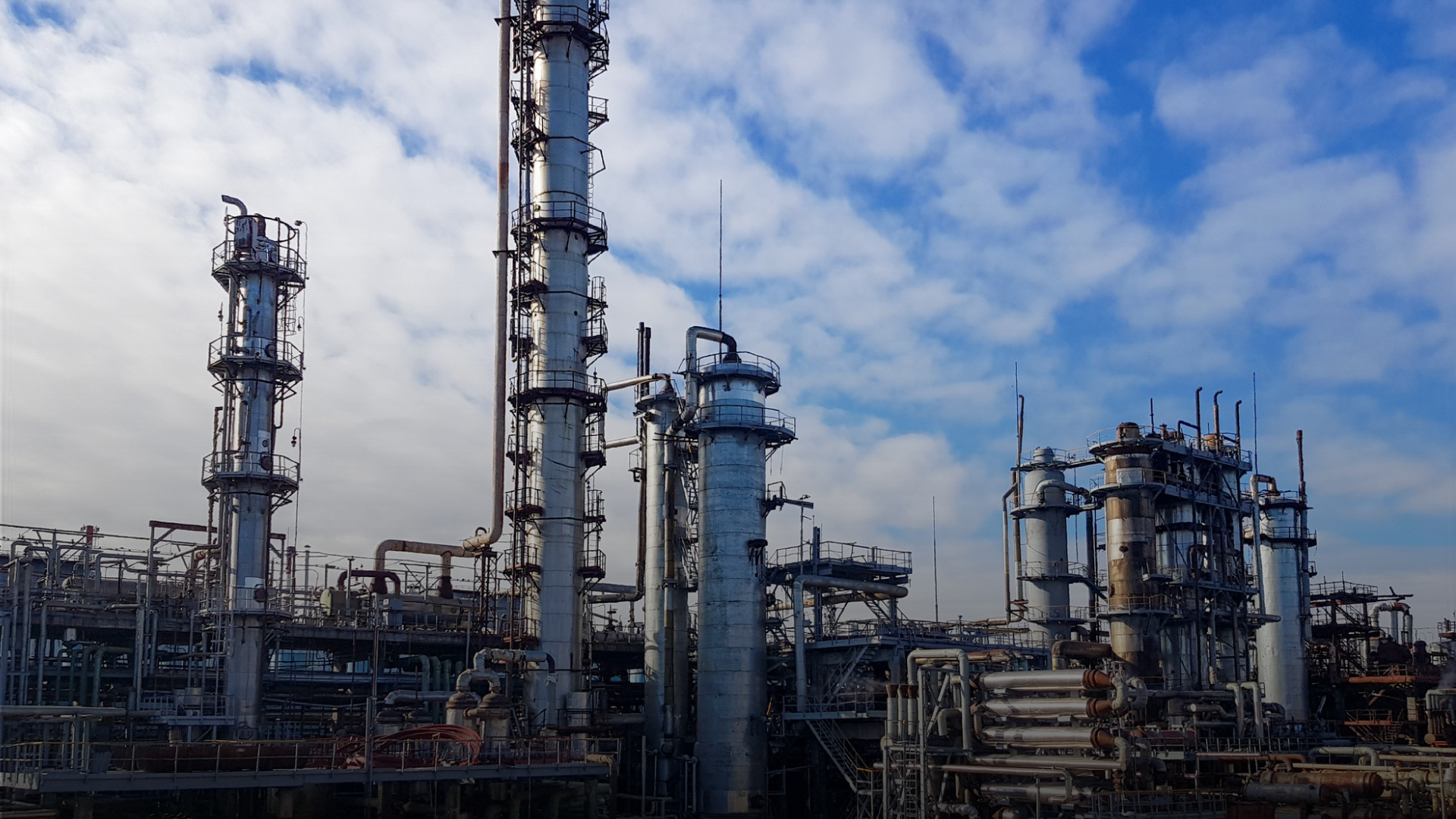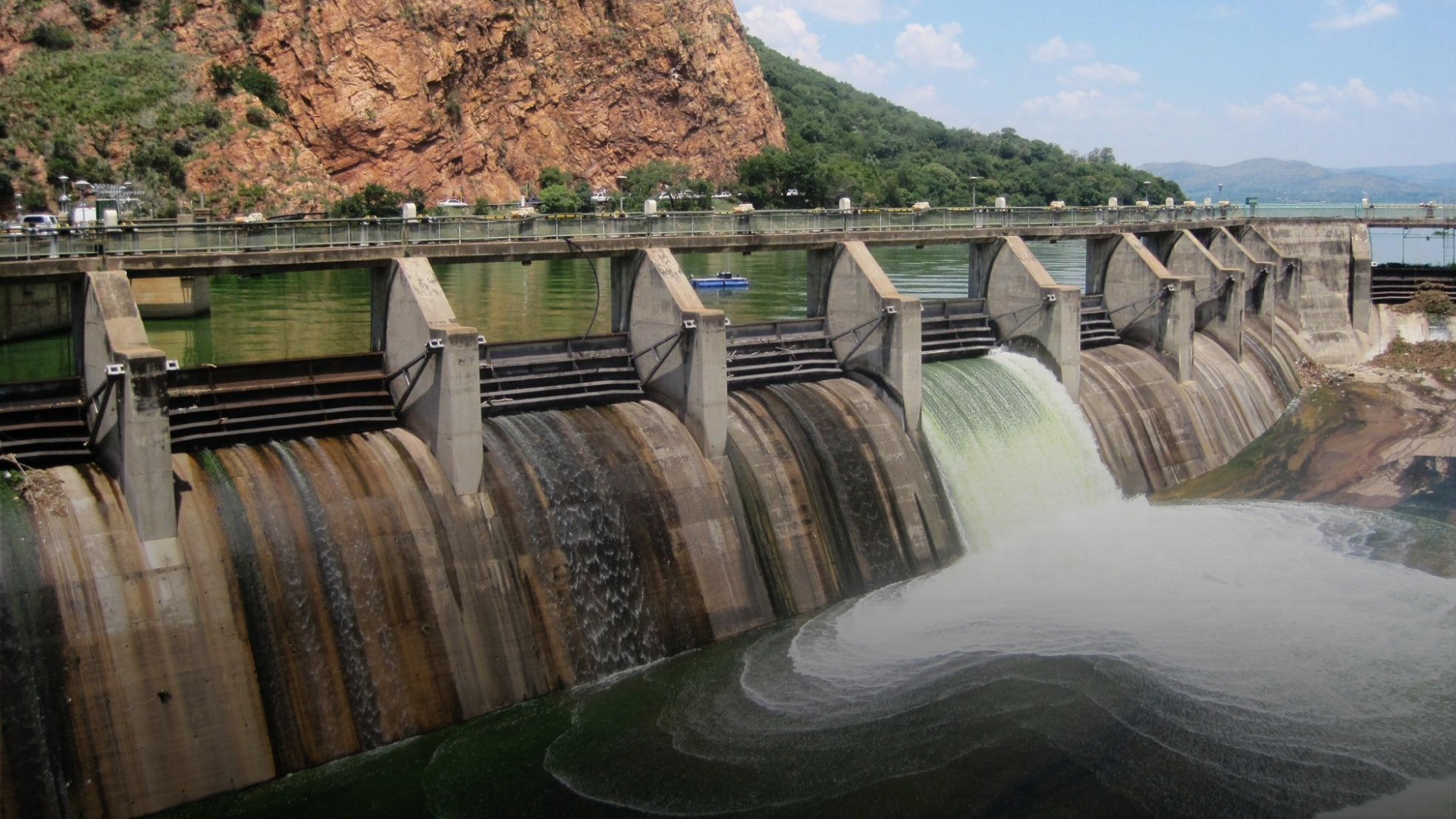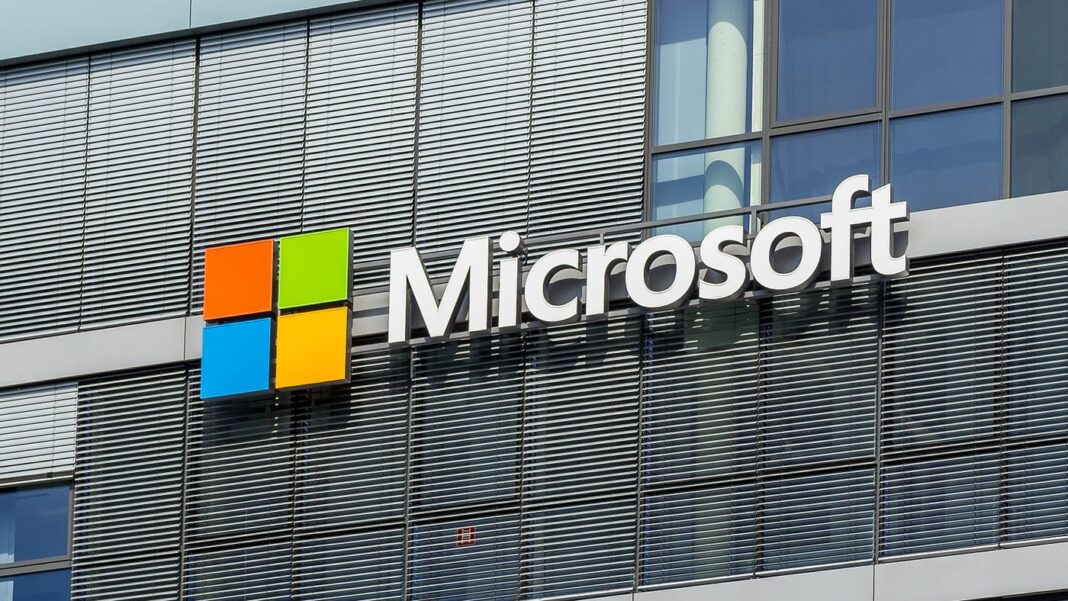TA’ZIZ, one of the leading constructors in the diversification drive within the industrialized push for the UAE, announced that it would award an EPC contract, worth $1.7 billion, to South Korea’s Samsung E&A for the establishment of one of the world’s largest methanol plants located at Al Ruwais Industrial City in the region of Al Dhafra Abu Dhabi, enabling the broader aim of economic diversification within the UAE.
The First Methanol Production Plant in the UAE
The new facility will annually produce 1.8 million tons of methanol, the first of its kind in the UAE. The plant will open by 2028 and will use clean energy supplied by the national grid, thereby making it one of the world’s most energy-efficient methanol plants. The facility, when opened in 2028, will help strengthen the position of the UAE as a significant player in chemicals globally.
Mashal Saoud Al-Kindi, CEO of TA’ZIZ, said, “This landmark EPC contract award is a significant step in realizing TA’ZIZ’s vision to drive the UAE’s industrial growth by creating a world-scale integrated chemicals ecosystem in Al Dhafra region.”
Strengthening the UAE’s Global Chemical Position
The partnership between TA’ZIZ and SAMSUNG E&A attempts to further the UAE’s position as an international leader in the production of sustainable and advanced methanol. Hong Namkoong, President and CEO of SAMSUNG E&A, expressed pride in the collaboration, saying, “SAMSUNG E&A is honored to receive this recognition, highlighting TA’ZIZ’s and our commitment to driving industrial innovation, diversifying the UAE’s economy, and enabling sustainable growth.”
Also read: Aramco Partners with Carbon Clean and Samsung E&A for Advanced Carbon Capture Demonstration
Expansion of the UAE’s Chemical Industry
The first phase will be capable of producing 4.7 million tons per annum (mtpa) of a portfolio of chemicals that includes methanol, low-carbon ammonia, polyvinyl chloride (PVC), ethylene dichloride, vinyl chloride monomer, and caustic soda. It is the first time that the UAE will produce these chemicals in-country, contributing to TA’ZIZ efforts to strengthen local industry and drive diversification.
By 2028, TA’ZIZ would increase chemical production, and thereby it will further the strategic objectives of speeding up industrialization in the region. The plant is going to reduce further dependence on imports by the country and help the developing chemical sector of the country.




